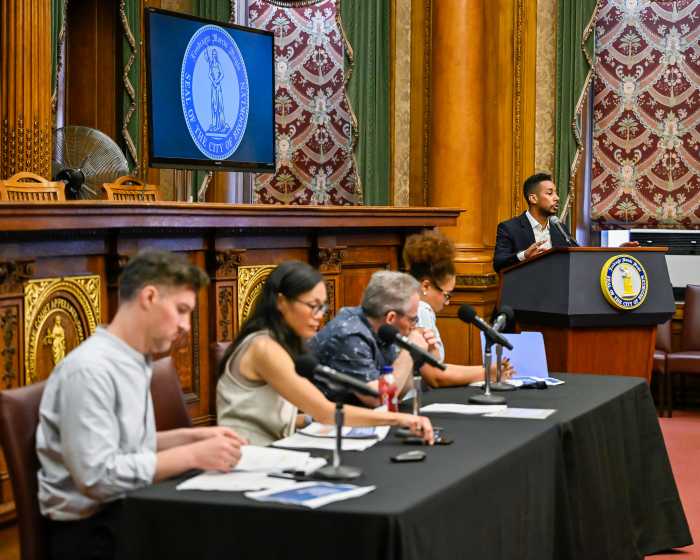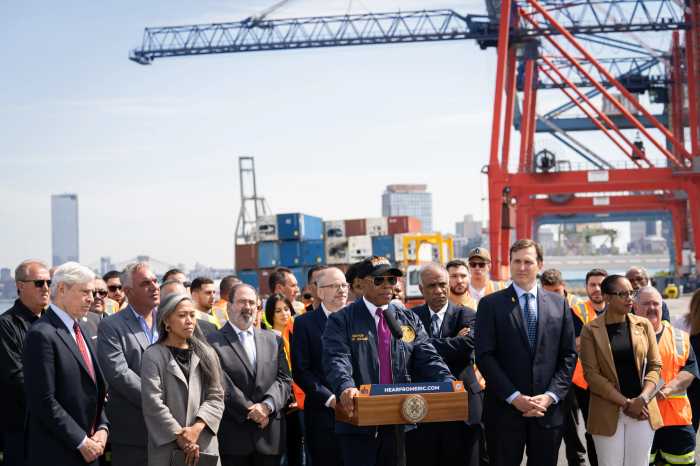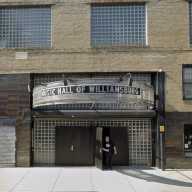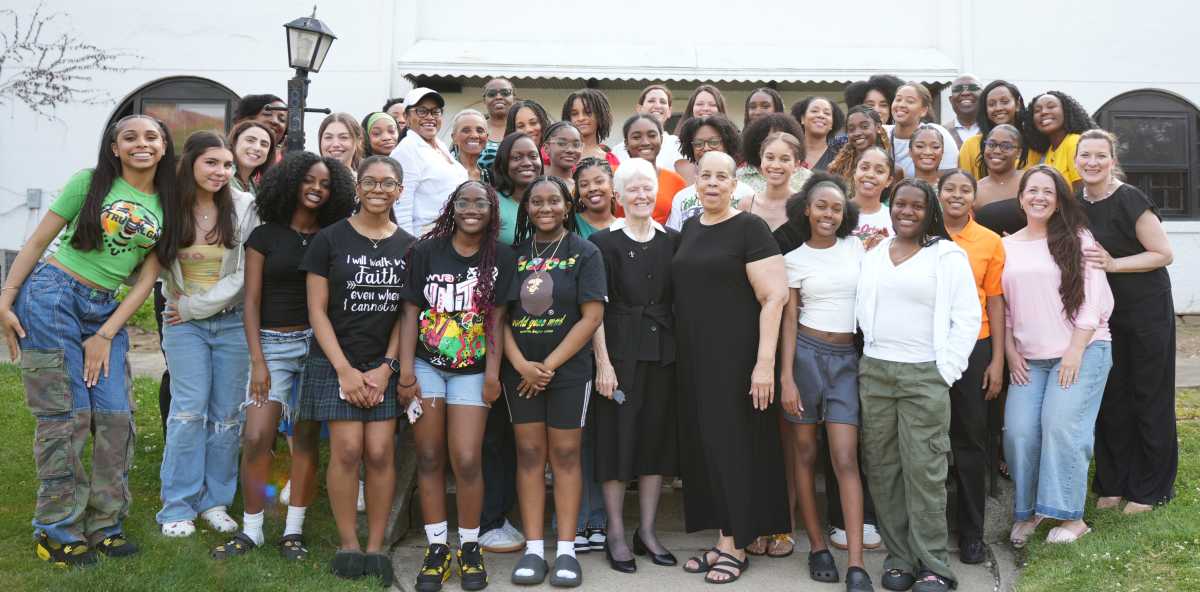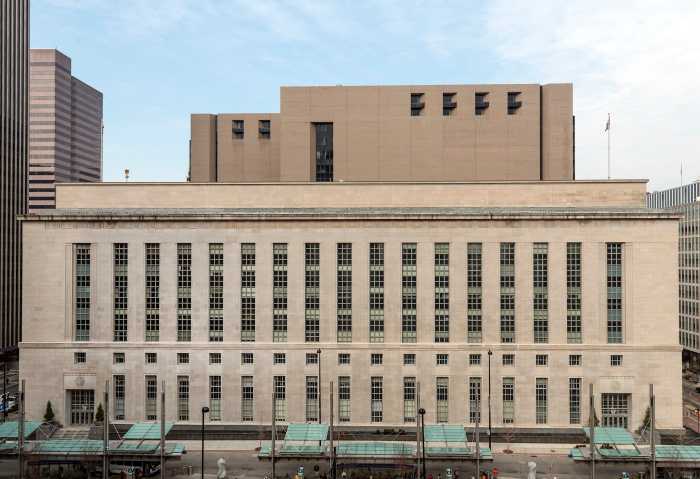By all appearances, the Brooklyn Marine Terminal redevelopment (BMT) is an ambitious and historic opportunity. Touted as a project that could generate $21 billion in economic impact, 39,000 temporary construction jobs, and 2,400 permanent operational jobs — including 295 maritime positions — the vision aligns with long-standing calls to reactivate New York City’s working waterfront and catalyze prosperity for communities like Red Hook. It includes exciting ideas, such as a Project Labor Agreements (PLAs), community hiring goals, a world-class experiential learning center, and a $30 million commitment to workforce development.
With the BMT Task Force’s critical vote on Friday to determine if EDC’s plans for BMT will proceed, the challenge ahead that is being overlooked is ensuring that these promising investments, particularly in workforce development, are implemented through a transparent, coordinated, and accountable system.
The stakes are exceptionally high, given the persistent underinvestment in adult workforce development across New York City. As detailed in NYCETC’s “Putting Our Dollars to Work” report, the City allocates less than 1% of its total budget to workforce development and has increasingly concentrated its discretionary workforce spending on youth and young adult programs — a trend that predates Mayor Adams but has accelerated under his administration with over $100 million in new investments — while comparatively little funding supports workforce services for prime-age adults not receiving cash assistance.
With workforce and economic development having been notably absent from the Democratic primary debates, a troubling omission that shows no sign of changing before election day, what confidence exists that the most extraordinary economic development opportunities pitched or in progress across the City will fulfill their promise as job creators and workforce pipelines?
Proposed federal cuts threaten the already fragile foundation for bridges to employment. As the National Skills Coalition recently warned, House proposals would slash over $300 billion from education and workforce programs. Training partnerships, adult education access, and critical supports like Medicaid and SNAP — all tools that help New Yorkers transition into and stay in good jobs — would be weakened or outright eliminated. In this context, the question is not simply whether a project like the BMT has incorporated a transformative vision for New York’s workforce, but whether it’s built to last.
As highlighted during last week’s City Council Committee on Economic Development hearing on the BMT, the redevelopment includes an expressed commitment to workforce development through a combination of PLAs, community hiring goals, and new investments in infrastructure and programming. NYCEDC has pledged $30 million toward workforce initiatives, including $17 million for a maritime experiential learning center at Pier 11 and $12 million to support operations such as career readiness programs, apprenticeships, and the creation of an Economic Mobility Network in Red Hook. These are promising approaches, but there are significant concerns about relying solely on these actions to advance equity.
Notably, if the project is approved, a BMT Development Corporation (BMTDC) will be created, and the BMTDC will report to an oversight committee, the Brooklyn Marine Terminal Oversight Task Force. One of the first responsibilities of the BMTDC should be to co-create an operational framework to guide how these workforce investments are deployed.
This framework should be shaped collaboratively by the BMT Oversight Task Force, city leadership, the Workforce Development Board, key workforce development intermediaries, and Red Hook residents to define how commitments are implemented, expanded, and made accountable over time.
Too often in New York City, we make bold pronouncements about the numbers without cohesive planning to back up our projections, a pattern that hardens silos, fragments efforts, and ultimately prevents these initiatives from reaching their full potential.
Moving from aspiration to impact will require more than capital funding; it will demand strategic execution, transparent coordination, and a shared commitment to measurable outcomes in the face of a shifting policy landscape. To succeed, this project requires performance metrics, public oversight, and a broader citywide workforce strategy, as well as the integration of existing local providers familiar with the Red Hook community. It also needs to collect and publish data on outcomes, not just dollars spent or square feet built, but how many people were placed, retained, and advanced in jobs.
The BMT project holds real promise for New York’s workforce. But to achieve lasting impact after Wednesday’s vote, it must transition from commitments on paper to systems in practice, designed to reach workers where they are and allow for accountability every step of the way.
Gregory J. Morris is CEO of the New York City Employment & Training Coalition



